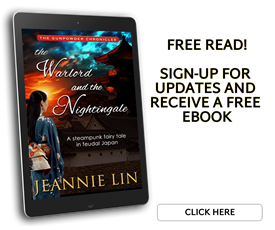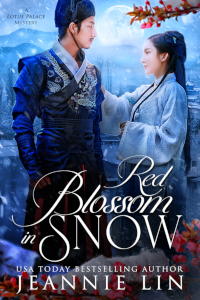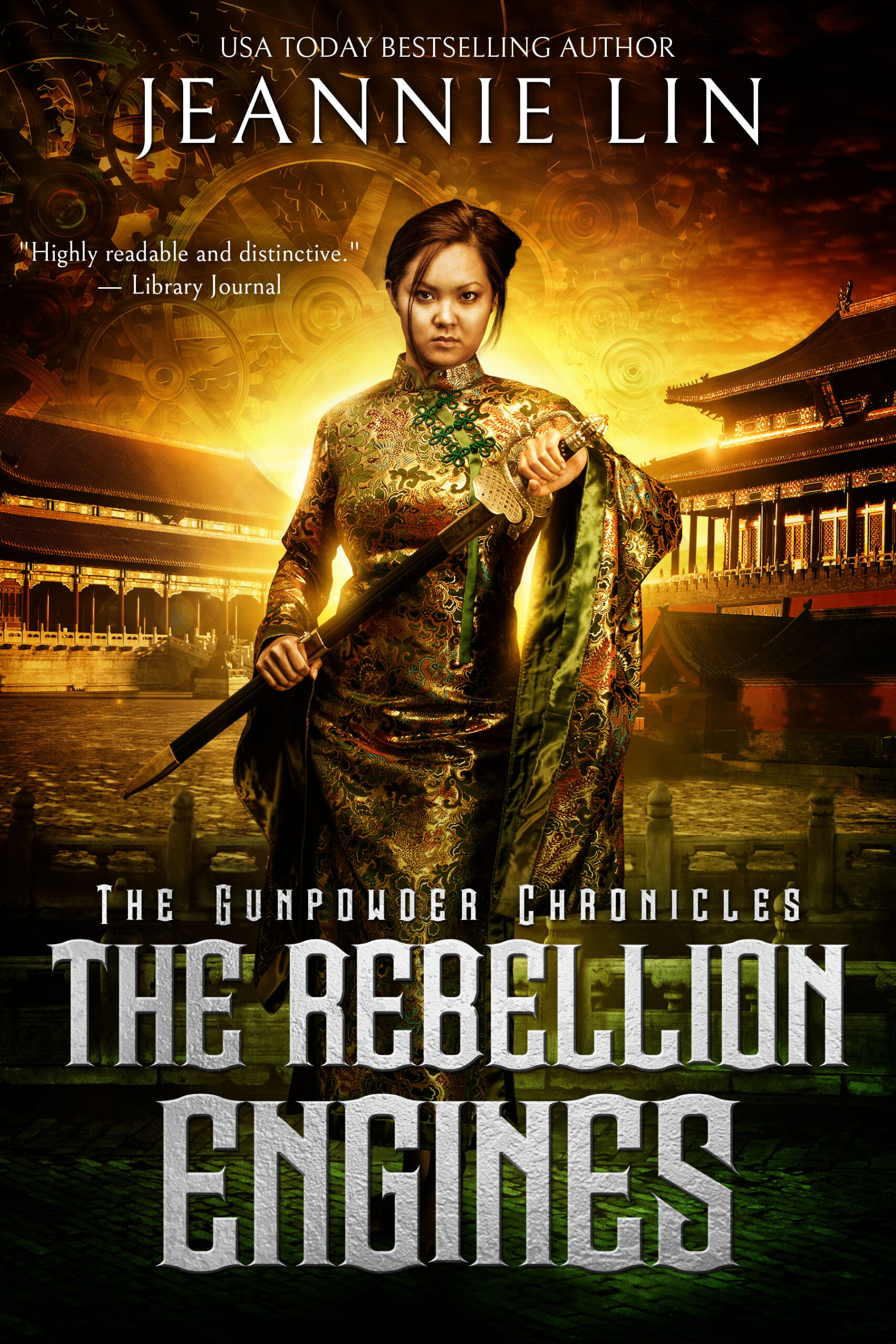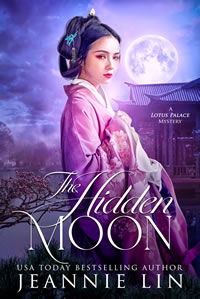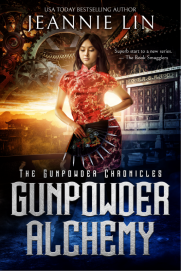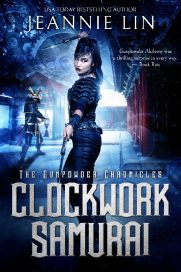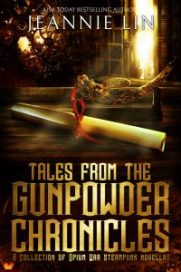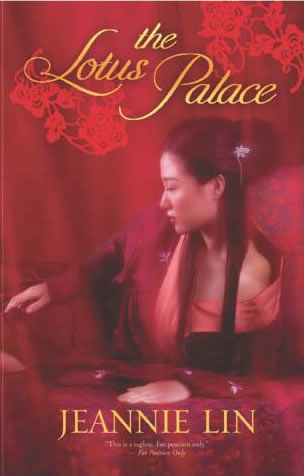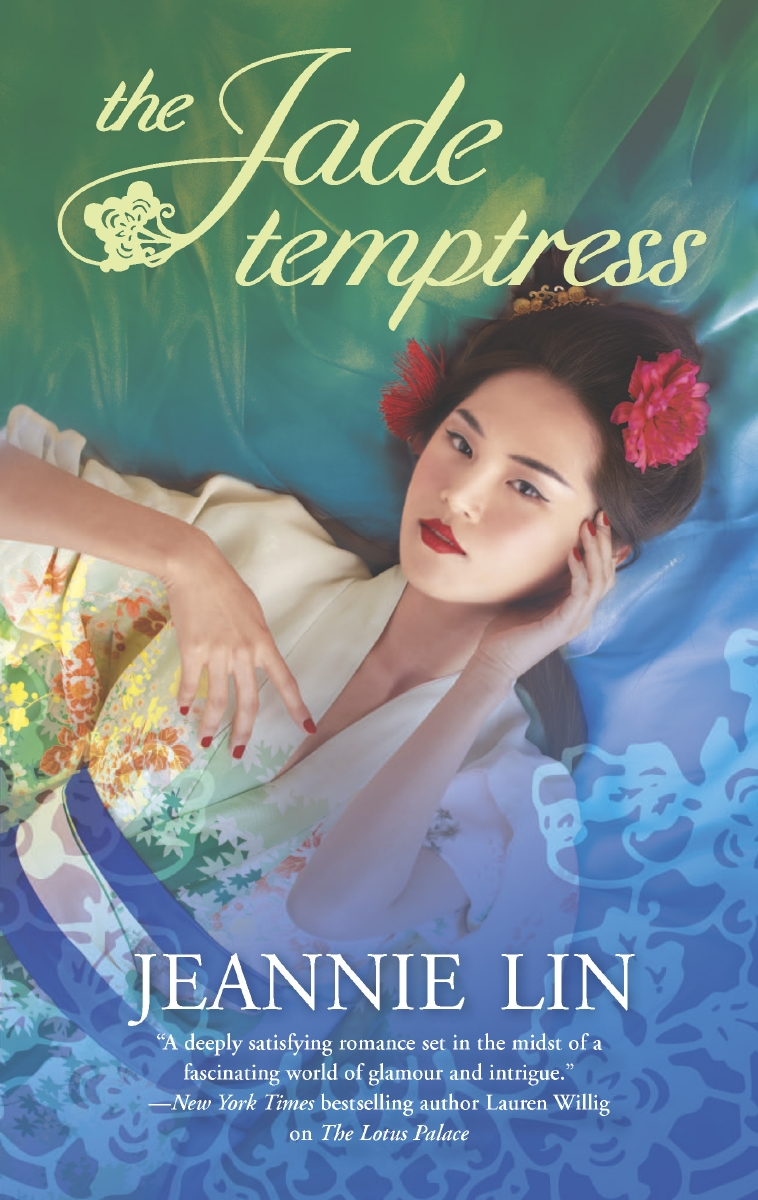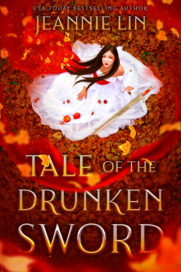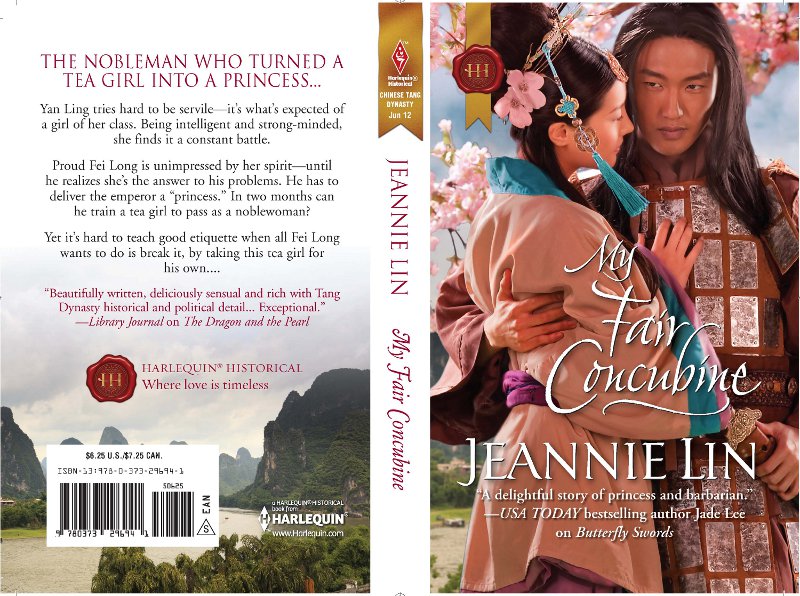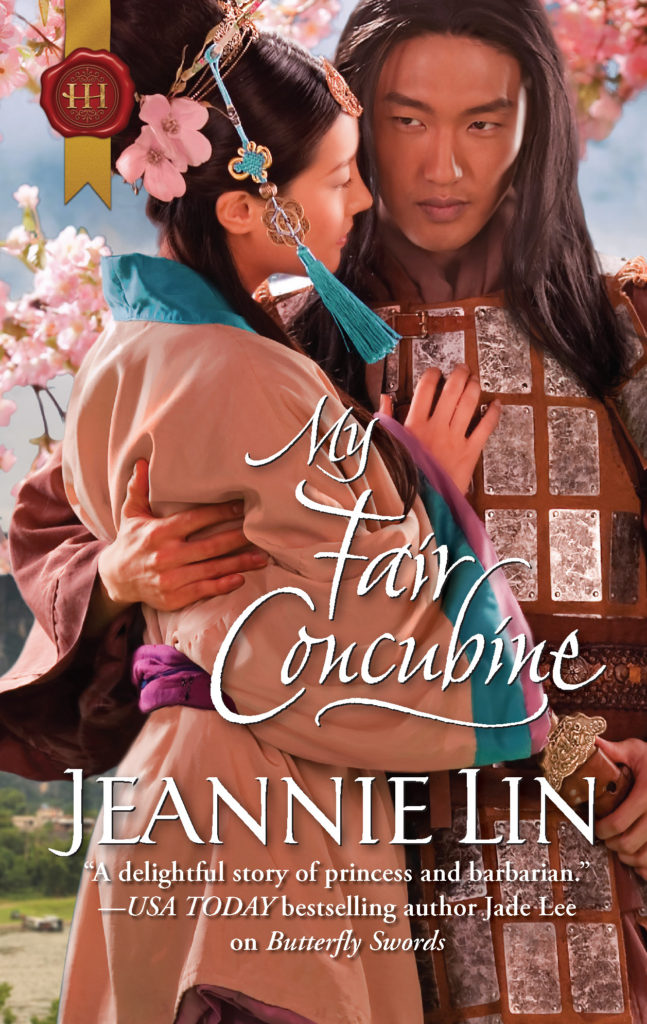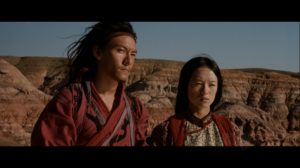The cover for My Fair Concubine had so much to it that there’s a lot to kibitz about. But first things first…
Last week I took entries in the Guess My Cover Contest on what the cover would look like based on the info I gave to the Harlequin art department. The winner of the closest guess goes to:
Giora
I’m basing my judgment on the fact that she guessed the hero would be dressed like the still from Red Cliff and standing behind Yan Ling. I think that’s definitely the reference picture they used to get his look.
Best guess goes to:
Beth Matthews
I liked the sensual description of the hero and the heroine and I love the idea of architecture in the background to show the urban setting of the story.
Author copies arrive next month. I’ll contact the winners to get their address so I can send the books to you a month before release date. 🙂
***
I like to do these cover discussion posts because it’s so interesting how the stories get translated into artwork. The cover artists don’t read the book usually, but they do get a lot of input from the editor and author. Of course, my vision never matches up completely with the marketing department’s vision, but that’s the nature of the beast.
Also, Tang Dynasty fashion is sort of a new thing for Harlequin. I feel they’ve done a spectacular job recreating the look and feel. I like to discuss the costuming and historical appropriateness for those who are into costuming.
So first off — This cover, like the ones before, definitely stands out. When the Butterfly Swords cover was revealed, I thought it was dramatic and I loved that she was wielding a sword, but I was worried that it didn’t look really “romance-y”. Since then, the next two novels have definitely conveyed the lush and sensual tone that I hope comes out in my books.
I love the peach blossoms in the background and the echo of it in Yan Ling’s hair. The romance takes place in spring/summer as well so it’s just a really nice touch.
The hero – Wow! He’s intense. I mentioned that he sort of reminds me of the desert bandit Lo from Crouching Tiger, Hidden Dragon. Mostly because of the wild hair and high cheekbones.
I’m glad to give some hot Asian dudes a chance to be cover models. 😉
I was surprised that Yan Ling was actually facing away from camera. It makes the cover center around the hero…just a first for my covers.
Let’s talk about hair and clothing now. This cover is the most accurate depiction I’ve gotten of Tang Dynasty clothing and hair style to date. Yan Ling’s hair ornaments and how her hair is partially pinned up and partially down is spot on. I always envisioned Yang Guifei’s famous “Falling off a horse” hairstyle to be something like this part up, part down look. (You’re looking at me like I’m crazy — this was truly a famous hairstyle of the time. I’ve said before that the palace concubines were like the supermodels of the Tang Dynasty).
Her clothing is also very appropriate in terms of the sash and the flowing sleeves. The Dragon and the Pearl cover showed Suyin with a sexier look, but she was a courtesan and a much sexier character.
Now for Fei Long, the hero. His hair is long — which is appropriate to the era — but it’s not tied up in a top knot. This makes him look like a rebel. He’s also in period appropriate armor, but I sort of struggled with that image. The character does have a military position, but we never see him on the battlefield. Military officers were expected to be gentlemen, well-versed in poetry, music, and calligraphy. This plays a huge part in the characterizations in the movie Red Cliff, if you’ve seen it. It also plays a huge part in My Fair Concubine.
My Fei Long is more “buttoned-down” and understated. He’s well-educated and a bit of a square, a la Henry Higgins. The cover Fei Long looks ready to fight off a horde of invaders! Author Inez Kelley, one of my most trusted readers, noted that she could see this guy as Li Tao. I’d agree — if you switch the hero from The Dragon and the Pearl with this hero, it might work. Though that dude was perfect for the quiet power of Li Tao.

And I have a sword on my cover! It looks to be a jian too, as I noted. I’m so impressed that they paid such attention to detail. I’m hoping that the art department is having a good time working on these covers since they’re such a departure from the current repertoire.
All things considered — Does Harlequin know how to bring the drama, or what?


